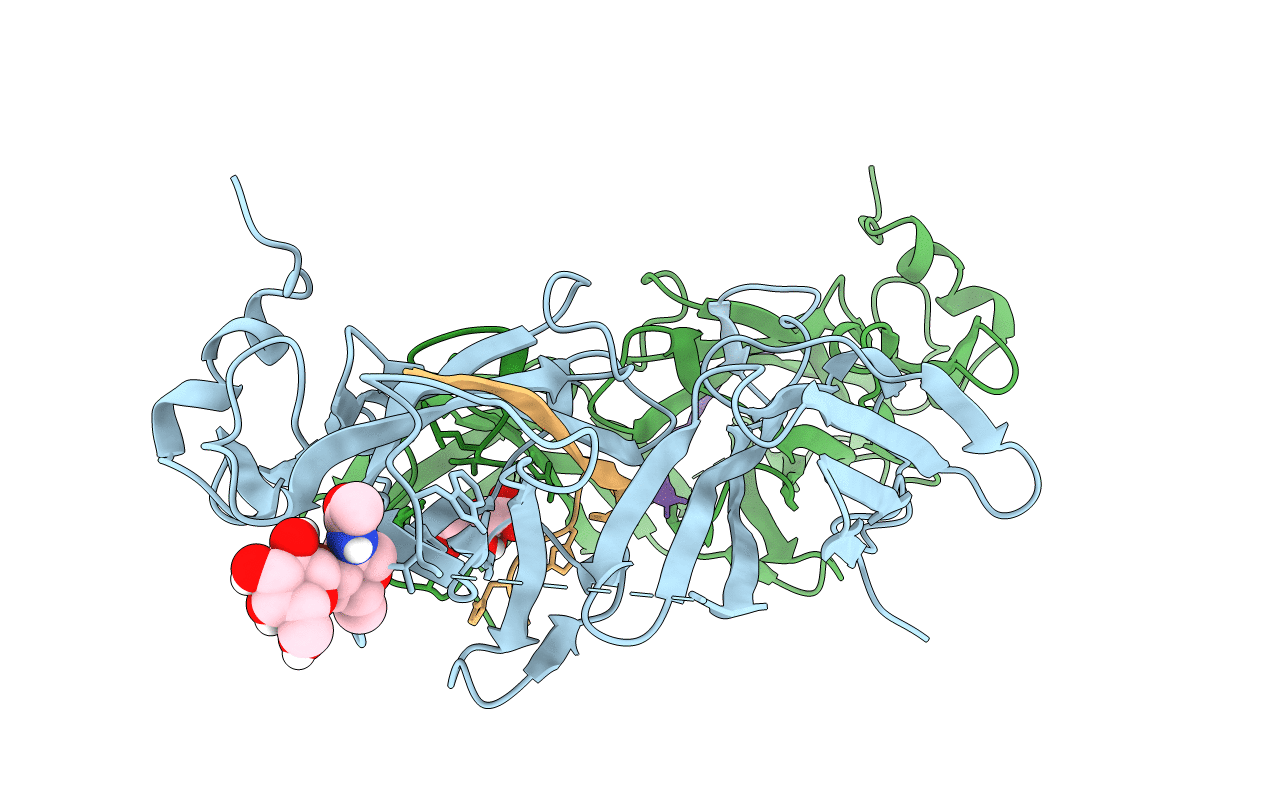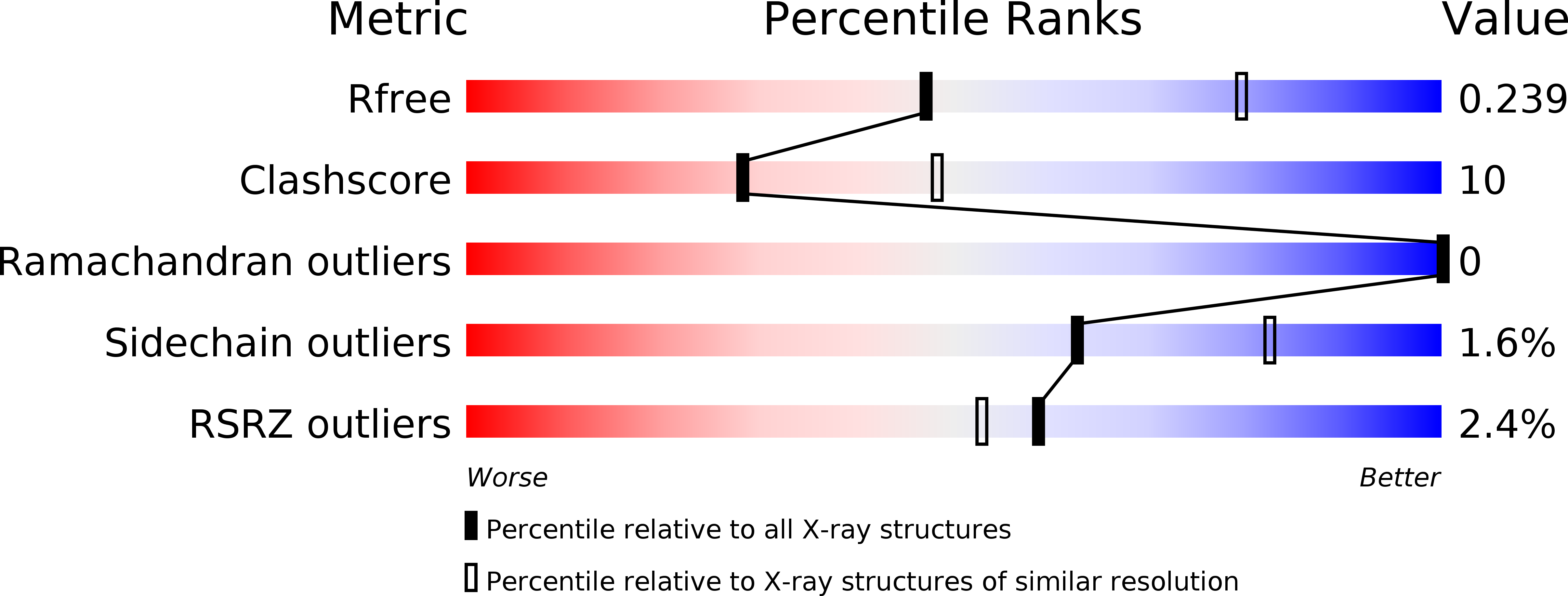
Deposition Date
2010-06-18
Release Date
2010-11-10
Last Version Date
2024-11-20
Entry Detail
PDB ID:
3NK3
Keywords:
Title:
Crystal structure of full-length sperm receptor ZP3 at 2.6 A resolution
Biological Source:
Source Organism:
Gallus gallus (Taxon ID: 9031)
Host Organism:
Method Details:
Experimental Method:
Resolution:
2.60 Å
R-Value Free:
0.24
R-Value Work:
0.21
R-Value Observed:
0.22
Space Group:
P 41 21 2


